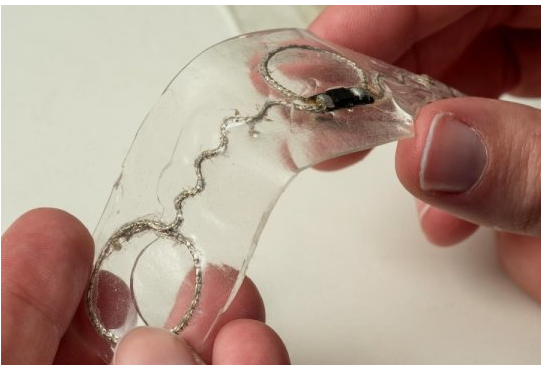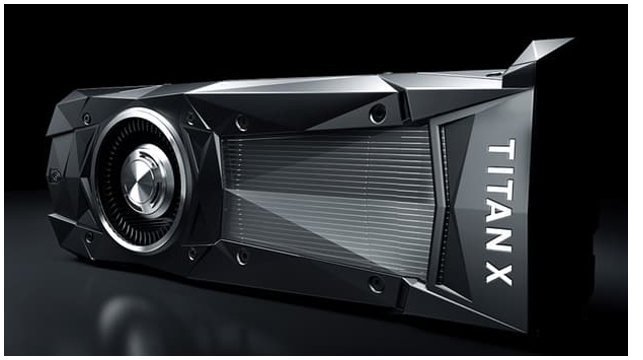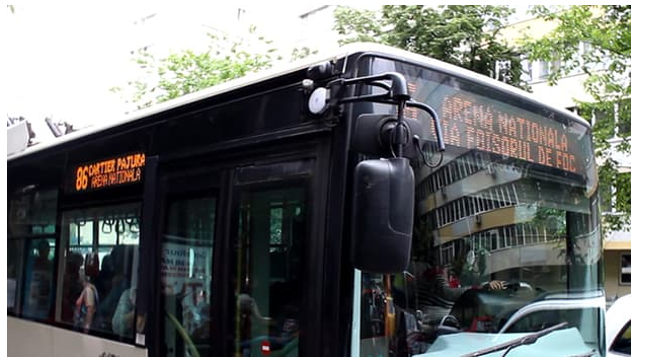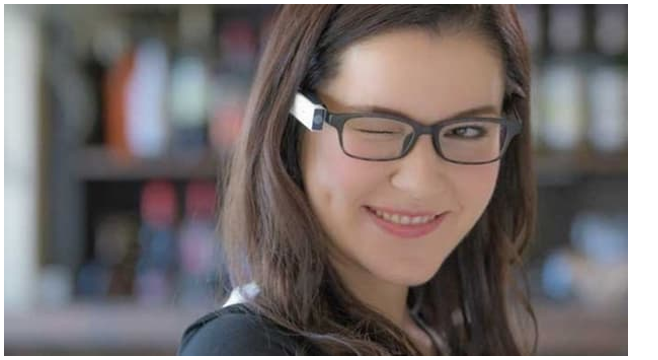Magnetic nanoparticles could stop blood clot-caused strokes
By loading magnetic nanoparticles with drugs and dressing them in biochemical camouflage, Houston Methodist researchers say they can destroy blood clots 100 to 1,000 times faster than a commonly used clot-busting technique. The finding, reported in Advanced Functional Materials (early online), is based on experiments in human blood and mouse clotting models. If the drug delivery system performs similarly well in planned human clinical trials, it could mean a major step forward in the prevention of strokes, heart attacks, pulmonary embolisms, and other dire circumstances where clots — if…
Read More









